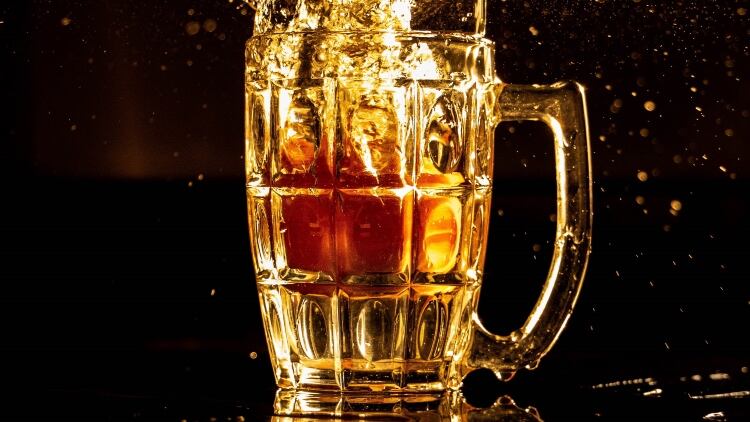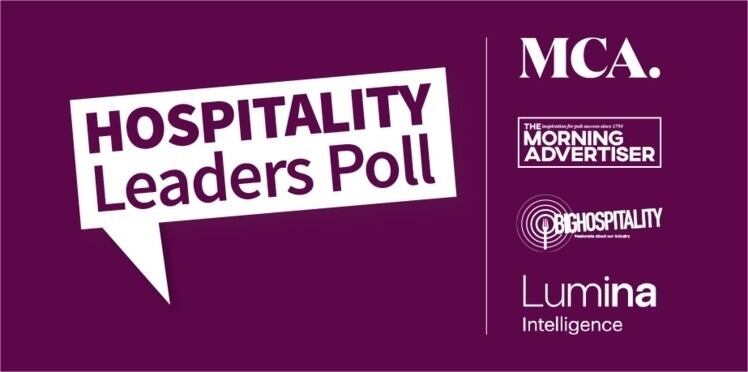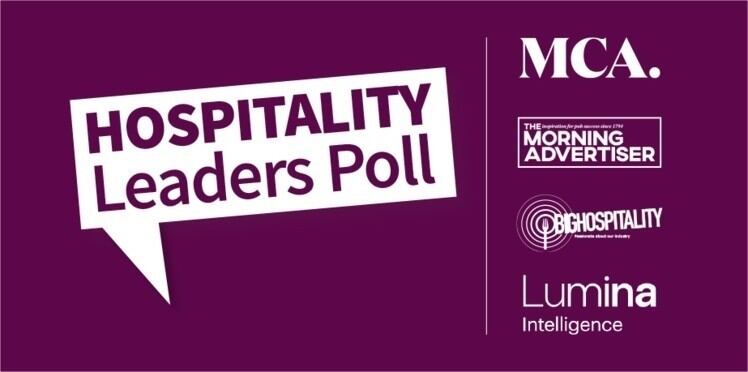As reported by The Morning Advertiser (MA), Lumina Intelligence’s UK Pub Market Report 2020 found that the ongoing Covid-19 pandemic has wiped 61% (£14bn) off the sector’s value.
However, it also predicted that the market will bounce back and recover £9bn in lost revenue over the next 12 months, driven by revived consumer confidence as well as innovation and creativity from affected operators.
Yet, while the pub market is expected to grow by 104% in 2021, this does not represent a return to the pre-virus pub market value, which is expected to be achieved during 2023.
“Coronavirus has had a profound impact on the UK pub market, with over half of its value set to be wiped off in 2020,” Sarah Coleman, insight and communications director at Lumina Intelligence explained.
“However, we have seen creativity and innovation in abundance across the market, as operators tackle the challenges head on.
“The rapid adoption of digital solutions, the creative use of outdoor spaces and the additional focus on customer experience have highlighted the resilience of a sector that continues to face the full force of government restrictions.
“It is this resilience and innovation that will see the sector recover £9bn worth of lost value in 2021.”
But what does a £14bn dent in the on-trade actually look like and what Covid symptoms is the pub sector showing?

Accelerated overall outlet decline
With many months of lost trade and capacity restrictions, the pub market will total just £9bn in 2020 having ended 2019 valued at £23bn, according to Lumina.
What’s more, outlet decline, which had stabilised in recent years, is set to almost double to 2.2% in 2020 as per figures in UK Pub Market Report 2020, with avoidance of crowds (26%), saving money (14%) and cheaper drinks at home (12%) the biggest consumer barriers to visiting pubs.
While the forecast of accelerated pub closures echoes the overriding message from bodies such as the British Beer and Pub Association (BBPA) that the ongoing pandemic will yield widespread pub closures, their forecast of a 2.2% drop is altogether more conservative than the trade body’s estimate that 12,000 of the UK’s 47,000 pubs may never reopen after Prime Minister Boris Johnson’s announcement of a second lockdown from 5 November.
Tenanted and leased sites and social clubs hit hardest
In light of England’s second national lockdown being lifted on 2 December, Lumina has forecast that while each of the managed, branded and franchised; independent and free of tie; tenanted and leased and social club, segments of the pub sector will see sales declines of 60% or more in 2020, the latter two are bearing the brunt of pandemic closures.
While managed, branded and franchised and independent and free of tie pub market segments are expected to see outlet growth of 0.1% during 2020, the number of tenanted and leased and social clubs operating is forecast to fall by 6.1% and 6.6% respectively.
“Mostly wet-led, these operators would not have been able to boost takings throughout lockdown with a food takeaway or delivery offering,” Lumina’s report reads.
“Leading into the autumn, wet-led venues have been more exposed to restrictions including the 10pm curfew and the higher tier local lockdowns which left drinks-focused venues closed.”
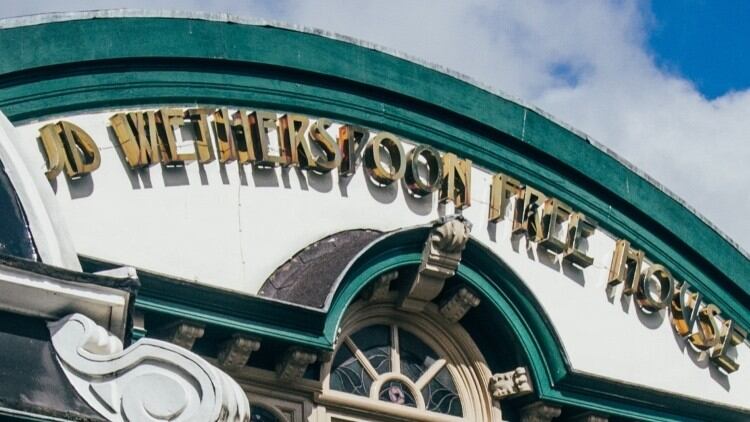
Larger, nationwide operators see sizeable sales decline
An average 25% sales decline has been reported for the latest financial year’s worth of trading across the UK’s top 10 pub groups by turnover, with timing of financial reporting period having a significant impact on reported results, according to Lumina.
The impact of the pandemic on groups’ full year 2019/20 sales figures has begun to show with Mitchells & Butlers, JD Wetherspoon, Punch, Stonegate, Ei and Marston’s all reporting full year sales declines of more than -30% as per Lumina's report.
Only three of the top ten pub groups by turnover experienced growth according to their latest full year results – with Whitbread, Fuller’s and Young’s recording respective 1.3%, 1.6% and 2.6% growth. However, they’re also the only three pub groups in the top ten whose financial year ends in Spring (Whitbread and Fuller’s are both March, Young’s is April).
What’s more, while the Government’s Eat Out to Help Out scheme boosted LFL sales in August for Mitchells & Butlers, JD Wetherspoon and Marston’s, September trading was marked by steep declines.
Shift towards non-branded, managed formats
While the proportion of brand sites in the UK’s top five managed pub group estates has fallen by 18 percentage points between 2016 and 2020, it’s a trend that Lumina has seen accelerated by Covid-19.
Non-branded managed formats now make up the majority of managed estates, aligning with consumer trends for unique experiences, according to its UK Pub Market Report 2020.
What’s more, over a five-year period, the split between managed and tenanted pubs at leading groups has levelled out. Now 42% of sites operated by the top 10 pub groups by turnover are managed versus 31% in 2015.
According to Lumina’s report, managed pubs are more nimbly operated by larger companies, which have a better ability to keep on top of consumer trends, manage operations and execute consistently – attributes vital in executing estate-wide responses to new regulations such as those implemented during the ongoing pandemic.
Furthermore, the UK’s 20 largest pub brands are forecast to decline by 3.2% in 2020 according to Lumina as part of the move towards un-branded formats.
According to Lumina data, site numbers declined for 15 of the UK’s top 20 pub brands in 2020 with Mitchells & Butlers’ Sizzling pubs and Harvester down by 6.8% and 15.8% respectively, Whitbread’s Brewers Fayre and Table Table site numbers dropping by 15.8% and 15.2% respectively and Greene King’s Flaming Grill down by 22.2%.
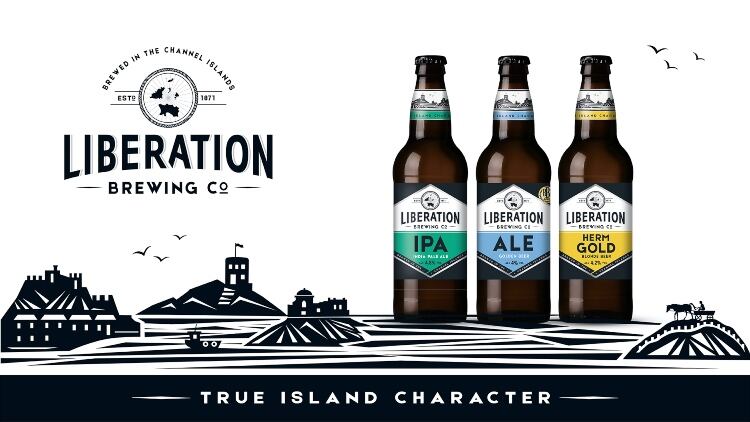
Small and medium sized pub company portfolios stable
In contrast to the shake-up seen at some of the UK’s largest pubcos, seven of the top 10 smaller pub groups – Liberation Group, Arkell’s Brewery, Gray & Sons, Pub People Company, Laine Pub Company, Palmers Brewery and Rosemount Taverns – are set to either retain or grow 2019 site numbers in 2020 despite the devastation of the coronavirus crisis.
This jars with the top ten pub companies by turnover, eight of which have net lost sites in the past 12 months. While the average site growth in the past 12 months is 0.5% and looks flat year-on-year, this is largely weighted by Admiral Taverns’ 52% growth during the 19-20 financial year.
Marston’s for example has disposed of more than 10% of its sites over the past year, while Star Pubs & Bars (5.6%), Mitchells & Butlers (3.9%) and Punch (4%) have all made sizeable disposals according to Lumina.
Suburban success
Lumina also found that consumers are staying local and favouring neighbourhood pubs with outside space, to city centre venues.
Suburban pubs have appealed to more risk averse consumers looking to socialise safely in their locality, while city centre footfall remains dampened with working from home a prolonged behaviour following lockdown.
This comes after research from the Centre for Economics and Business Research (Cebr) estimated that working from home cost London’s hospitality businesses in the region of £2.3bn between March and June and would continue to cost around £178m per month as staff continued to work remotely.
Typically attracting more spontaneous visitors looking for a drinks based occasion, city centre wet-led pubs and bars have also suffered as a result of table-service and capacity restraint restrictions, according to Lumina, while restrictions have tended to revolve around highly populated urban areas.
What’s more, when asked which pub business models respondent think will be most successful over the next five years, those quizzed tended to gravitate towards non-urban based models.
Locally relevant wet-led community pubs were forecast to be the most successful over the next five years, with a third (32%) of respondents tipping them, compared to 28% in 2019, while destination food pubs were also a standout, with 30% backing them to succeed.
However all-day lounge bars, drinking destination sites, family dining pubs and high street bars all saw their level of support slip, with the number of people forecasting success in the latter two categories cut by around half over the past year.
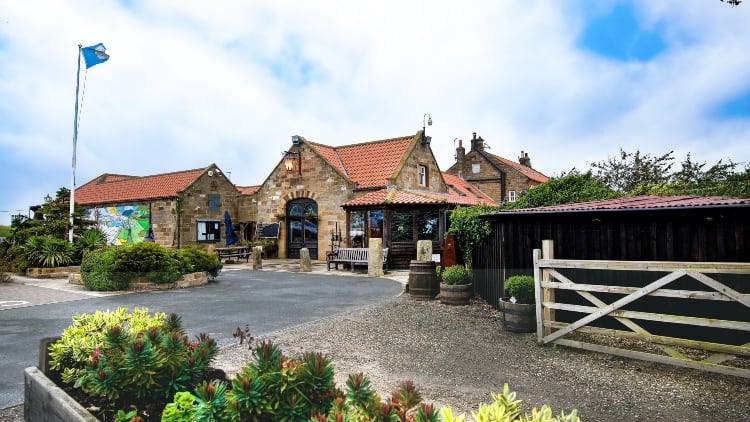
Pub menus shrinking
Average menu sizes have decreased by around a quarter (24%) across spring and summer 2020, with the average number of items on menus dropping from 78 to 59 in the past 12 months as sites have been forced to run streamlined operations as a result of the pandemic restrictions.
Consumer anxiety about returning to eat out in tandem with new restrictions has meant that operators have had to reassess kitchen capabilities and plan condensed menus to cater for reduced trade, according to Lumina.
Mainstream pub menus have seen the most marked decline in average items, according to Lumina, decreasing from 80 to 48, a 41% year-on-year reduction, driven by a 36% fall in main courses and the average number of starters slashed by more than half (57%) in the average pub.
However, could the drop in average menu items be influenced not just by pubs streamlining existing operations, but by operators taking the plunge into fledgling food offers in light of restrictions only permitting alcohol sales alongside “substantial meals”?
Pub prices increasing
Pub menu inflation saw a sharp increase across spring and summer 2020 as operators attempted to offset lost trade from lockdowns and capacity restrictions, according to Lumina.
Research found that same line dish prices have increased by 5.4% on average over the past year, with almost two thirds (64%) of menu items retained increasing in price, with a further 33% seeing no change and just 3% cheaper.
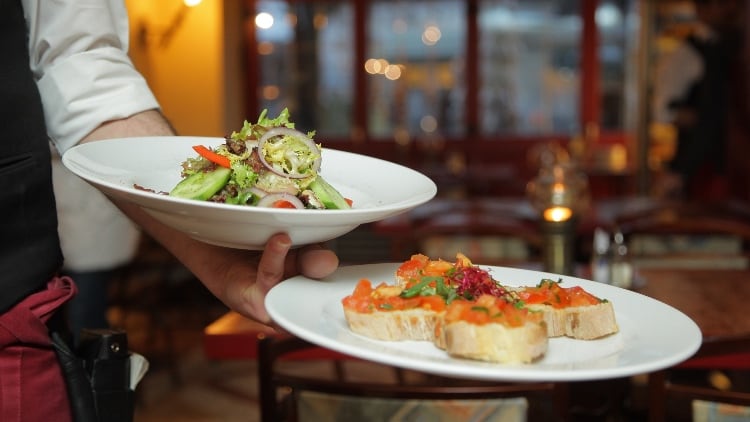
Takeaways, tech and table service here for the long run?
While the on-trade has had a number of changes thrust upon it by Government as it looks to stem the tide of Covid-19, could changes such as the advent of order and pay apps and takeaway options be here to stay?
Between 14% and 16% of consumers ordered takeaway drinks from a pub during lockdown with consumers most interested in cocktail delivery – with 80% claiming they would place orders if the service was available.
What’s more, with good value (32%) and fast service (10%) among the leading consumer needs for selecting a pub restaurant venue in 2020, Lumina highlights that digital solutions can increase efficiency and data collection in order to offer more targeted promotions and ensure customer service is seamless and timely.
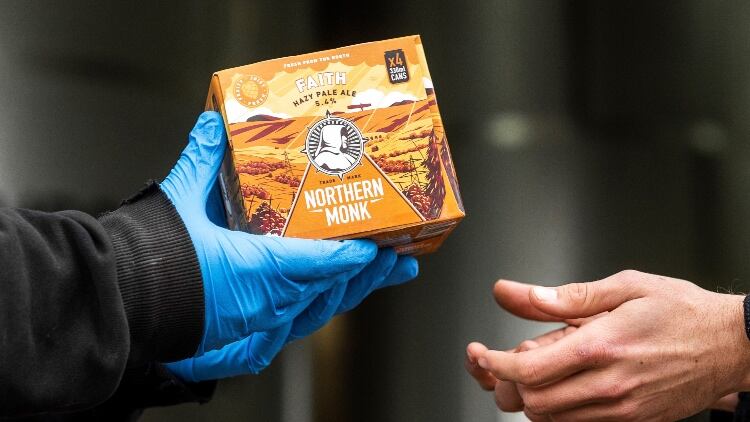
Operators to innovate more in events and experience
The ongoing pandemic appears to have been a catalyst for operators to review their offer, especially around events, as despite an adverse trading environment businesses are exploring new opportunities to engage customers and aid their recovery according to Lumina.
When asked ‘what activities are you planning in the coming months to accelerate recovery of your business?’ 18% stated alternative events e.g. film nights, followed by food offers and deals as the second most popular with 13% – following the success of the Government’s Eat Out to Help Out scheme.
What’s more, other popular responses included improving quality and experience and quiz nights (both 9%), in addition to calendar events, growth of takeaway trade and improving or weather proofing outdoor space (all 7%).
However, despite this, more than one-in-ten operators (15%) says restrictions make it too difficult to plan or experiment with any activities that could potentially save their business.
Pub customers becoming younger and more affluent
While the over 50s’ share of pub visits have fallen by 3% during the pandemic as they avoid venues due to concerns about infection, the 18-24 and 25-34 demographics have grown their respective share of visits by 1% and 2%.
Operators can help boost appeal amongst this demographic further by tapping into key trends such as low to no alcohol and having plant-based alternatives, according to Lumina.
In addition to becoming slightly younger, the demographic profile of the pub restaurant consumer appears to have become more affluent with the proportion of consumers earning over £60k increasing their share of visits by 4% as consumers in lower income brackets become more likely to hold off on discretionary spending amid the pandemic, recession, and unprecedented redundancy levels.
According to Lumina’s pandemic data, 18-24’s are 60% more likely to be put off by not being able to meet in larger groups than six while the 35-54’s are the most cost conscious demographic and are 29% and 11% more likely to say they are reducing spending and its cheaper to drink at home respectively.
What’s more, 55-74’s are the most crowd conscious age group according to Lumina with members 14% more likely to cite they are trying to avoid busy places, while the over 75s are 121% more likely to not visit pubs.
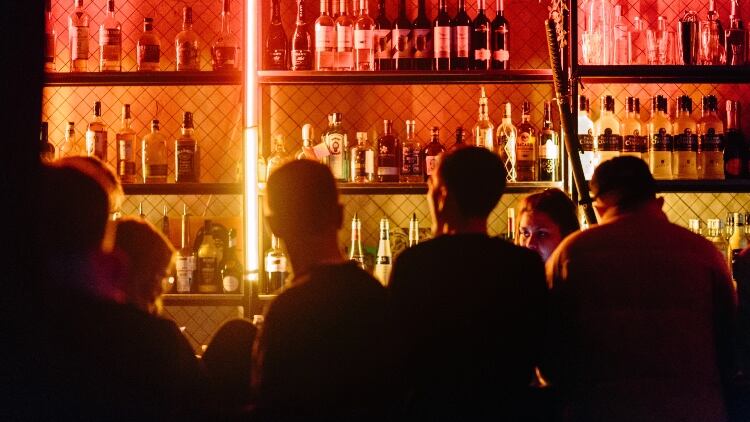
Vegan and low-calorie dishes on the rise
Another symptom of Covid-19 is that obesity strategy has returned to the forefront of Government policy in 2020 – a shift that has made its mark on the pub trade.
While the number of vegan and low-calorie items on pub menus have been accelerating over the past three years, Lumina notes that low-calorie flags have increased as a proportion of menus, driven by value-led pub menus where one in ten items are flagged as low-calorie in 2020
What’s more, the number of vegan options have increased by two percentage points on pub menus according to its latest research.
Shift in investment to outdoor spaces
Lumina also found that indoor capacity restrictions have seen the number of operators intending to invest in outdoor space double, with 45% flagging it as an area for investment over the next year up from below 20% in 2018-2019.
Wages leading cost increase
More than half (59%) of respondents to Lumina’s survey named wages as the single biggest cost increase over the past year, up from 48% in 2019 as business rates have fallen down the list of operator concerns and VAT currently down to 5% from 20%.
This comes as against the backdrop of a Government announcement that the National Living Wage will increase in line with inflation by 2.2% from £8.72 to £8.91, a rise of 19p, and be extended to 23- and 24-year olds for the first time in line with recommendations made by the Low Pay Commission.
What’s more, more than a quarter of a million people working for an employer signed up to the “real living wage” will see 20p added to their hourly rate of pay.

